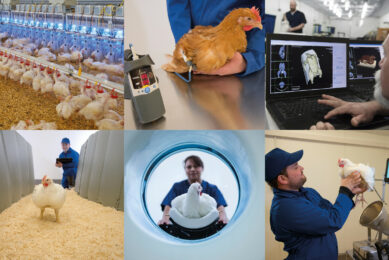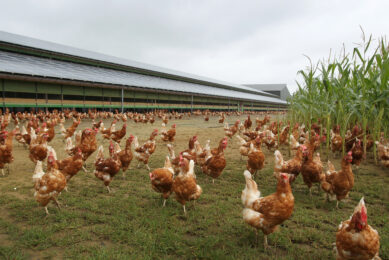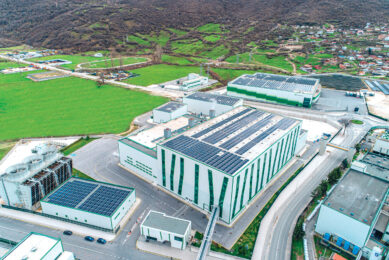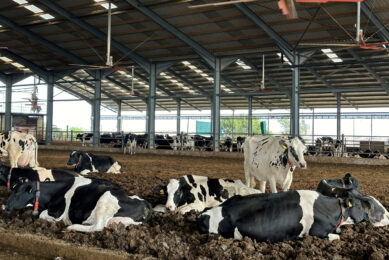The challenge of using food losses for feed
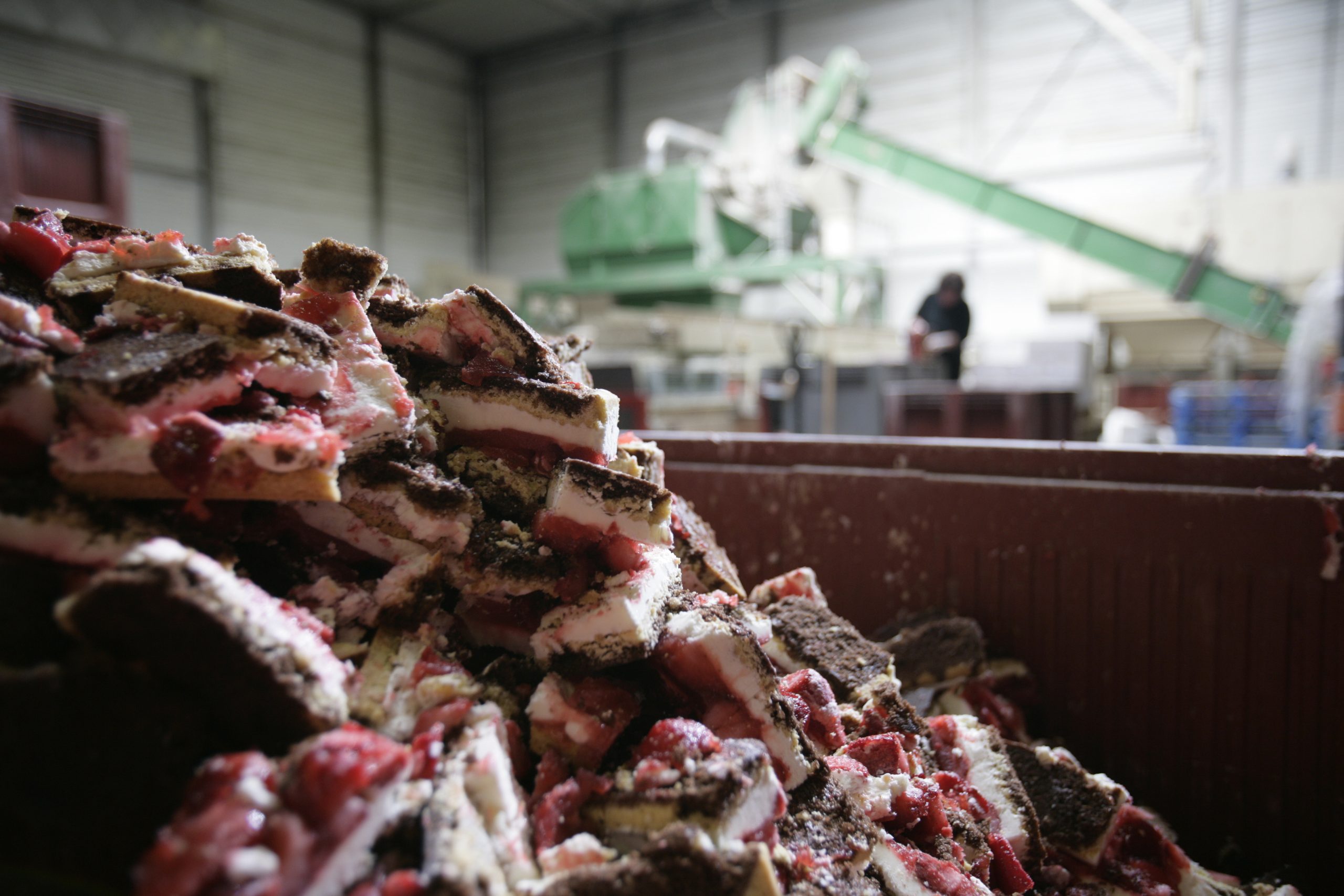
Food waste no longer suitable for human consumption can be used for animal feed purposes and the amount processed can be doubled in the EU, according to EFFPA. However, feed safety should be maintained at all costs.
The potential to use an increased amount of food losses for feed was one of the conclusions of the first stakeholder meeting on this topic, organised by EFFPA (the European Former Foodstuff Processors Association) in Brussels.
The European Commission sees former foodstuffs processing as an important contribution towards reaching the Sustainable Development Goals of the United Nations on reducing food waste. Foodstuffs become unsuitable for human consumption for different reasons such as production errors leading to broken or intermediate foodstuffs or surpluses caused by logistical challenges of daily delivery, surpluses caused by discontinuation of a food product line. The former foodstuffs sourced by EFFPA members are generally energy-rich materials.
Valuable ingredients for livestock diets
EFFPA wants to turn these former foodstuffs (such as bread, biscuits, chocolates, pastry, cakes etc.) into valuable ingredients for livestock diets and maintains that this could be made easier through regulatory frameworks.
No animal proteins used
Animal proteins (such as meat), household waste and catering reflux are not allowed in feed for food-production animals. Former foodstuff processors typically purchase the food losses from food manufacturing facilities and for the last few years have also started to source surplus bread from the retail sector.
Involving all stakeholders
To get all the stakeholders involved, EFFPA invited speakers from the food and feed sector, regulatory experts and a food safety assurance scheme representative.
The speakers highlighted the valuable sustainability contribution of former foodstuff processing to the EU circular economy and the prevention of food waste. It was also stressed that maintaining feed safety at all costs is very important.
Future innovation in processing technology and sourcing capacities, more efficient safety assurance scheme auditing procedures and a streamlining of the regulatory interface between food and feed production were mentioned as elements that could further stimulate the processing of former foodstuffs into feed for food-producing animals.
Sustainable business strategy
EFFPA President Paul Featherstone: “I hope our event will stimulate the food industry’s conviction that having their former foodstuffs transformed into animal feed can be part of a safe, sustainable business strategy that contributes to food waste prevention.” An estimated 3.5 million tonnes of former foodstuffs are already annually processed into animal feed in the EU. EFFPA estimates the sector could grow up to 7 million tonnes by 2025.
An understanding of food loss
A recent opinion paper by one of the authors (HM) from the FAO (Source: Animal) also highlighted the issue of turning food losses into animal feed. A common understanding of the food loss and waste (FLW) in context to food use for animal feeding is a prerequisite for developing a simple but robust methodology for FLW estimation.
Food loss: not only from processing industry
According to FAO, it is not only the losses from the food processing industry that we are talking about. In the United States of America maize and wheat are planted with the understanding that the resulting grain may go to either food or feed uses. Even if crops are exclusively grown for food, a part of which is also later used for feeding livestock. Reasons for the change of direction of use (the amount not known) include harvest failures, overproduction mainly of fruit and vegetables, poor quality for human use and grading for quality including the separation of broken rice for feed and market forces, among others.
Harvest grains for food diverted to feed
Sometimes the harvest is in excess for human use and the surplus production used for animal rations. Also food grains that do not pass the standards for human food production are sold to animal feed producers or traders of raw materials.
Definition is important says FAO
The opinion paper states that the main purpose of animal feed used for food-producing animals is to produce food of animal origin for human consumption; feed is therefore integral part of the food chain and cannot be considered as food loss. Only the part of food production, which leaves the food supply chain for various reasons (pre- and post-harvest losses) may be referred to as food loss.
According to the author from FAO, it was therefore important to revise the 2014 version of the FAO ‘Definitional framework of food loss’. The new version, in context to the food use as animal feed, reads: ‘If food products from the production to retail segments of the food supply chain are still fit for human consumption and nevertheless redirected to animal feed, it is a change in in-tended purpose and thus not food waste. Examples: a farmer grows maize for human food, but the buyer decides to sell the maize as chicken feed. A retailer selects odd-sized fruits and sells them as pig feed’. “The FAO ‘Definitional framework of food loss and waste’ is evolving and we might see some more changes in the future,” concludes the opinion paper. Besides, this opinion paper highlights future R&D needs including possible conversion of damaged crops (due to adverse conditions e.g. hail storm, frost and floods) to livestock feed; and also reinforces that safety must not be compromised in the process of converting FLW to animal feed.
Additional author: Harinder Makkar




